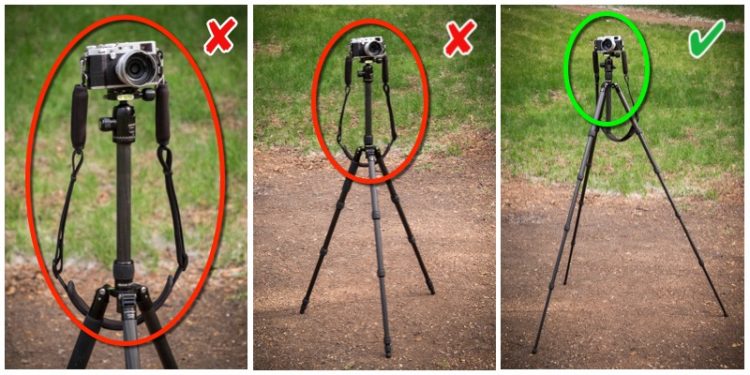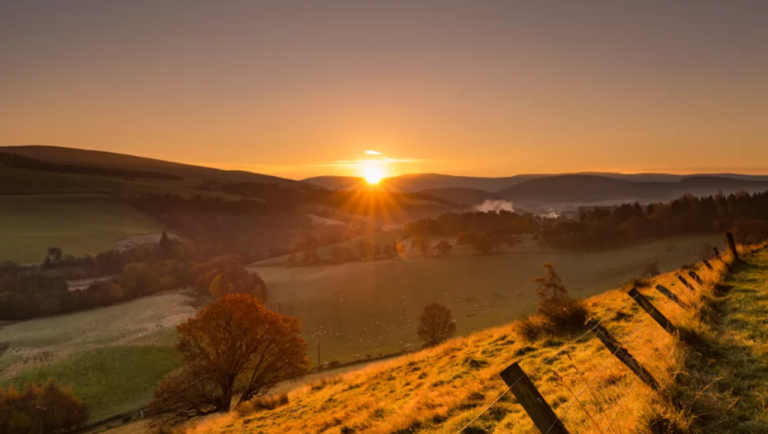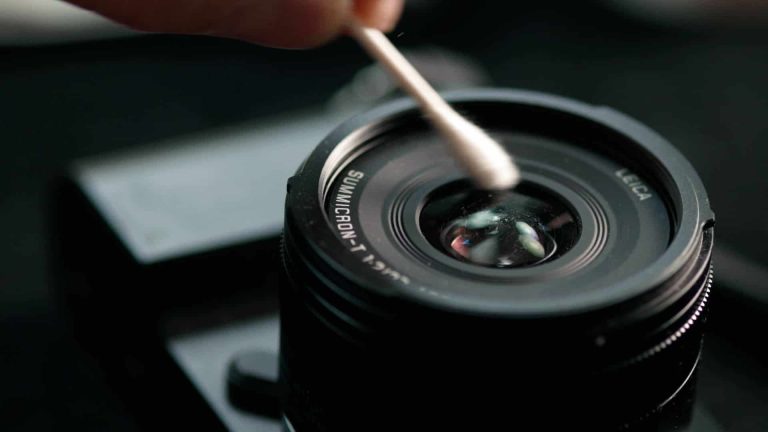3 Camera Interview Setup – A Complete Guide about 3 Camera Interview Setup
A 3 camera interview setup is one of the more common setups for a standard 1-on-1 interview.
In video production, an interview setup usually requires a minimum of 3 cameras. This comes from the fact that there are many different angles and shots to capture throughout an interview. The director usually has a list of shots he wants each camera operator to get at given times throughout the conversation. Because there are multiple angles involved, it is easier for video producers if they have 2 operators running 2 cameras constantly during interviews instead of having all 3 operators running 1 camera only every time they switch angles. In other words, if you’re operating a single camera on your own, it’s much harder to follow all directions given by the director in real-time
.

Camera 1: 3/4 shot from behind or from the side of the person being interviewed
Camera 2: Medium shot over shoulder of person being interviewed
Camera 3: Close up on the subject’s face
Notes & Tips… – This camera setup works for a standard, sit-down interview with one person. For multiple people in a room interviewing, I would recommend either shooting each individual separately OR using a tripod and focus puller instead of the other two cameras.
– Lighting should match as closely as possible across all three cameras otherwise shadows will look different depending on which camera is used during editing.
ALso read: How to make fake camera 2021
– For both lenses use prime lenses (50mm) because they’re fast and have good compression.
– When using a tripod, make sure the camera height is correct when at eye level for both people in the conversation.
– For post-production work it’s best to sync all audio in a separate program and sync to picture in your editing program of choice because you can’t use sound from ALL 3 cameras in your final product due to phase mismatch Also, you’ll have background noise from one person missing from the other two angles.
Latest: The 5 Best Canon Lenses for Vlogging 2021 – Best for Money
– As long as your lighting and exposure are good, all three cameras should cut together seamlessly.
Final Words:
I hope that was helpful! Let me know if there are any errors or other issues that need to be addressed. The equipment recommendations are just suggestions and not absolute rules so feel free to play around with different options and see what works best for you!
FAQs
Q: What kind of tripod should I use?
A: Depends. If you’re doing an interview indoors then it’s best to use a fluid head tripod that has to counterweight on the pan-axis. The reason for this is if you twist and turn the camera too quickly during pans, your image will go blurry because there isn’t any weight to offset the movement of the panning motion. Also, fluid heads allow infinite control over pans and tilt giving you optimal control over focus and exposure settings respectively. If possible, always try to get as much light as possible onto your subject so less lighting equipment is required which means less work in post-production.
Q: How do I sync all 3 audio tracks together?
A: In a separate program before importing the video files.
Q: How do I make sure all 3 camera angles cut together seamlessly?
A: If you have good, consistent lighting and exposure settings across your cameras, they should cut together pretty well in post-production. Also, if you can’t get perfect matching audio from all three tracks, it’s best to sync them in a separate program before importing them into the final editing software.


![How To Install Ring Floodlight Camera! [Complete Guide 2023]](https://cameraslife.com/wp-content/uploads/2022/10/website-image-4-1-768x402.webp)


![How To Detect Trail Cameras in Woods [Tips For Finding in 2023]](https://cameraslife.com/wp-content/uploads/2022/10/website-image-3-768x402.png)
